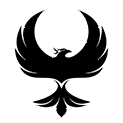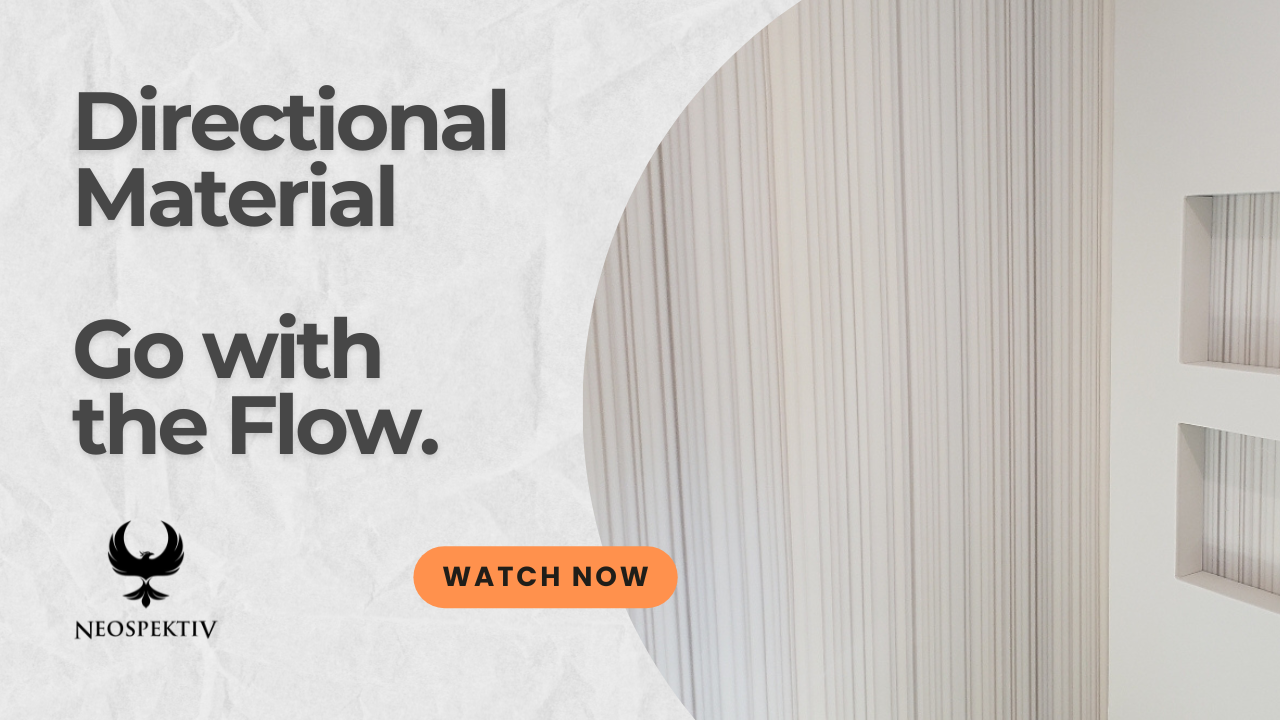Solid surface materials like Corian, Hi-Macs, Staron, Avonite, and Livingstone have evolved dramatically, offering stunning aesthetics that go beyond traditional speckled designs with particulates.
Today, architects, designers and fabricators have access to solid surface sheets featuring natural movement, veining and grain patterns – allowing for more dynamic applications in furniture, lighting and architectural elements.
However, one key factor to consider when working with directional solid surface is seam placement. Standard sheet sizes are typically 30″ x 144″, meaning any design exceeding these dimensions will require a seam.
While solid surface seams are nearly invisible and smooth to the touch, materials with pronounced grain or veining may show a visual break in the pattern. In this video, we explore best practices for designing with directional solid surface, discussing how to minimize seam visibility and achieve the best results in your projects.
Whether you’re specifying solid surface for countertops, custom furniture, feature walls, or illuminated installations, understanding these nuances will help you make informed design decisions.
Watch now to learn how to harness the beauty and versatility of modern solid surface materials in your architecture and design projects!


Leave a Reply